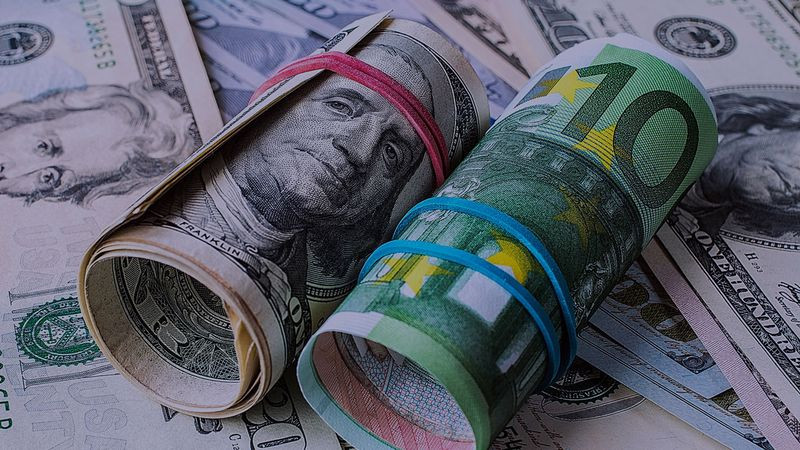
The greenback does not stop updating long-term peaks, enjoying popularity among investors in turbulent times for the world.
Global stocks are experiencing the longest decline since 2011 and are rapidly losing the results of the rebound since mid-June.
Against this background, the dynamics of USD remains one of the most positive for at least the last ten years.
In addition to the tightening of monetary policy by leading central banks and the unstoppable growth of the dollar, the markets are also struggling with the debilitating energy crisis in the eurozone and quarantine due to COVID-19 in China.
In addition, there are growing concerns about the earnings prospects of companies, given various global economic obstacles.
"Many investors are walking on thin ice. The real problem is that it may not be the end of the cycle yet. We could see how the Fed continues to slow down the economy by significantly raising rates, say, by 75 basis points, and then, of course, we will see significant downward revisions to corporate earnings forecasts," said Invesco strategists.
The US currency has strengthened by almost 15% against other major currencies since the beginning of the year. Over the same period, the S&P 500 index lost about 17%.
The greenback closed at its highest level in 20 years on Tuesday – near 110.50 points. Meanwhile, the S&P 500 index ended trading at a seven-week low. Following the results of Tuesday's session, the indicator fell by about 40 points to 3,908. The pullback was facilitated by stronger-than-expected ISM data on the US services sector for August.
Last month, the indicator rose to 56.9 points from July's 56.7 points, which turned out to be better than the market forecast of 55.5 points.
The yield of treasuries jumped in the face of such data, which in turn pushed up the USD rate.
Investors felt that the unexpectedly accelerated activity in the country's important services sector in August gave the Federal Reserve more opportunities to sharply raise interest rates at its next monetary policy meeting at the end of this month.
As a result, futures on the federal funds rate put an 80% probability of a 75 basis point rate hike in September in quotes.
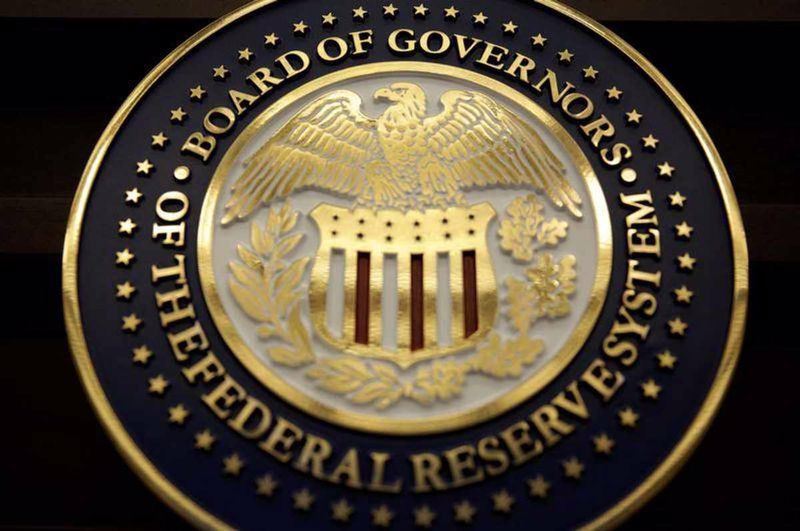
If traders' expectations are met and the US central bank raises the key rate by 75 basis points for the third consecutive time at the next meeting, this will put even more pressure on stock prices and cause the dollar to rise.
The greenback, being a traditional safe haven currency, is growing due to investor fears amid the sharp struggle of the US central bank with high inflation. So, the Fed has raised the interest rate by 2.25% since March, and the target range is now from 2.25% to 2.5%.
The US consumer prices report for August will be released in the middle of the month. This will be the last important data before the next FOMC meeting, which will be held on September 20-21.
According to analysts' forecast, the August consumer price index may exceed the July value of 8.5% in annual terms.
In this case, at his press conference, Fed Chairman Jerome Powell will, as in Jackson Hole, talk about "pain", signaling that the measures taken to curb inflation will not be without negative consequences.
So investors should prepare for the fact that the S&P 500 index will retest the lows of mid-June. This means a decrease of about 8% from current levels.
As for the dollar, according to ING analysts, it should maintain its achievements until the end of the year, and further growth of 5% cannot be ruled out.
"The US currency is supported by the hawkish Fed, which seems ready to raise interest rates to about 4%. The dollar is also an outstanding safe haven currency. Some cite the Plaza Accord of 1985, a G5 agreement designed to reverse the strengthening of the greenback. The Fed will need to start easing monetary policy in order to really break the bullish trend in USD. But such a reversal seems unlikely this year," ING analysts said.
UniCredit strategists hold a similar opinion.
"Until the end of the year, at least the dollar will remain stronger than other currencies. At the current stage, only a change in the Fed's focus from inflation to economic growth may be the only reason why the current trend of the dollar is able to change," they believe.
However, after 2022, the greenback is expected to lose some of the positions it has gained. This is evidenced by the results of a survey of analysts conducted recently by Reuters.
However, other currencies still will not be able to fully compensate for the losses incurred against the dollar since the beginning of this year, experts believe.
The greenback has grown especially strongly against the euro this year.
According to forecasts, over the next three months, the EUR/USD pair will trade below the parity level, and in six and twelve months it will rise to 1.0200 and 1.0600, respectively.
If these forecasts come true, the euro will strengthen by about 3-7%, which means that it will not be able to offset the 13% drop that occurred over the past period of this year.
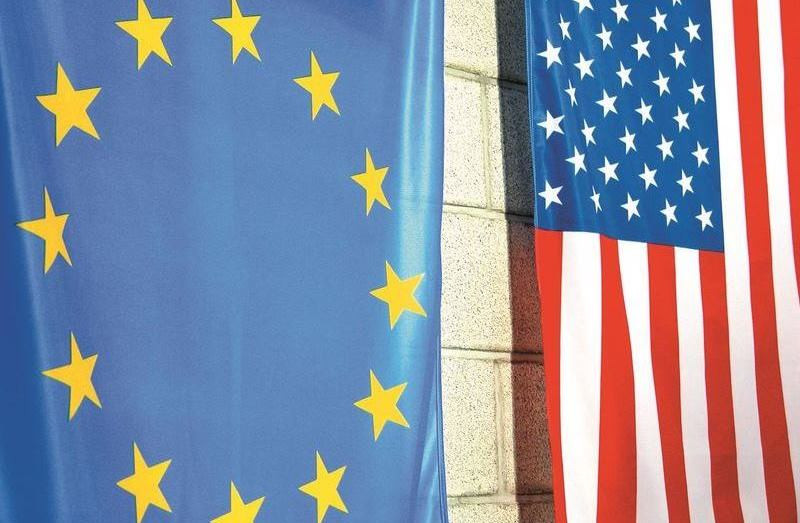
The dollar's rapid growth puts pressure on the monetary authorities of Europe, as the single currency simultaneously feels the impact of the energy crisis.
The weakening of the euro, in turn, leads to an increase in the cost of imports, potentially contributing to an increase in inflation in the region. Therefore, the central bank of the eurozone is forced to follow in the wake of the Fed.
"They are caught between the coming recession and sky-high inflation. Their first concern is to respond to high inflation. As soon as the recession becomes apparent, the concern will change," Berenberg economists noted.
However, this shift may well be asymmetric, since the Fed, in particular, signals an unwillingness to quickly switch gears. The US central bank is rapidly raising interest rates and has made it clear that it is ready to risk even a recession to keep prices from rising.
In contrast, the European Central Bank has raised rates only once, bringing them back to zero, and should proceed cautiously, bearing in mind that an increase in the cost of borrowing for heavily indebted eurozone countries such as Italy, Spain and Greece may raise concerns about their ability to continue paying their debts.
The EUR/USD pair fell by more than 0.2% on Tuesday, reaching its lowest level since October 2002 in the area of 0.9870.
The dollar was supported by the hawkish comments of the head of the Fed Bank of Richmond, Thomas Barkin.
"The Fed should raise the interest rate to a level that will restrain economic activity, and keep it at this level until officials are convinced that inflation is on the decline," he said.
"Our goal is real rates in positive territory, and I would like to keep them at this level until we are really convinced that we have stopped the growth of inflation. In general, I tend to move faster, not slower, unless something accidentally breaks along the way," Barkin added.
Meanwhile, cautious statements by ECB representatives added fuel to the fire of the euro decline.
Mario Centeno, a member of the ECB Governing Council, said that the central bank could achieve the inflation target with slow normalization.
His colleague Martins Kazaks said a broad and protracted recession could slow the pace of rate hikes.
Another ECB representative, Yannis Stournaras, noted that inflation in the eurozone is close to its peak, hinting at a slowdown in the tightening of the central bank's policy.
These comments were made just a couple of days before the announcement of the next ECB verdict on monetary policy, implying a rate increase of 50 bps.
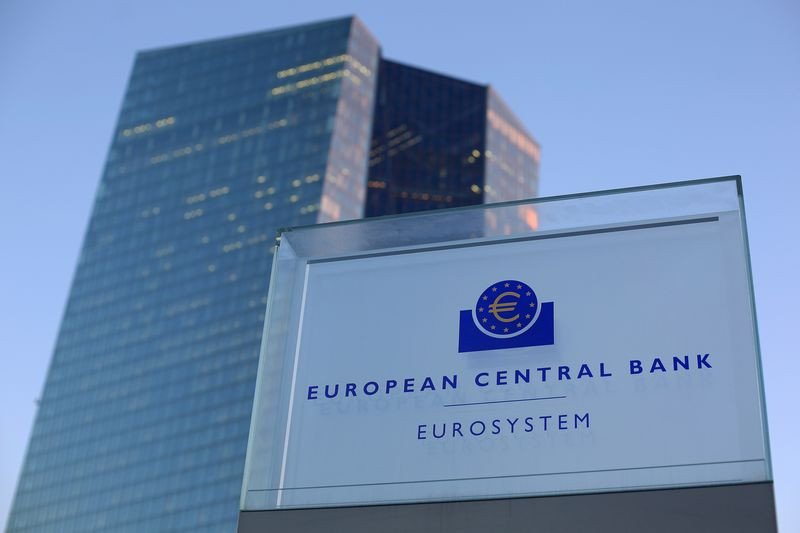
"If the ECB raises rates by 50 basis points, market participants may doubt the bank's commitment to fighting inflation," Bank of America strategists believe.
After the annual inflation in the eurozone reached a record high of 9.1% last month, traders increased their bets on the ECB rate hike by 75 bps in September.
If the ECB does not meet market expectations by raising the rate by 50 bps, the euro-dollar exchange rate may test new lows, Barclays analysts say.
"Since the markets did not fully appreciate the 75 bps rate hike at the September ECB meeting, such hawkish results may push the euro higher in the short term. However, the currency bloc's continuing energy problems should keep the euro under pressure in the medium term," they said.
On Wednesday, the greenback continued to push its main competitors and reached a new multi-year high, rising above 110.70, as weak statistics on China and Germany undermined market sentiment in the first half of the day.
China's trade surplus in dollar terms decreased in August to $79.39 billion from $101.26 billion in July.
Industrial production in Germany fell by 1.1% in the previous month.
The EUR/USD pair spent most of Wednesday's session below the 0.9900 mark. It met the opening of New York trading in the area of 0.9890. However, then the pair jumped by more than 100 points, taking advantage of the fact that the greenback retreated from multi-year highs, faced with profit-taking, as well as some improvement in risk sentiment.
On Wednesday, the US stock market moved to growth after finishing the previous trading on a negative note.
Morgan Stanley analysts warn that the bear market will not end as soon as we would like to hope.
"We expect the bearish cycle to continue and the market to reach the bottom by the end of this year. At best, the S&P 500 index will fall to 3,400 points, and at worst – to 3,000 points," they said.
"If the Fed raises the rate again in the range of 50-75 basis points, this may ultimately reduce corporate earnings, which means that significant downward revisions to earnings per share forecasts are expected in the next few quarters," Morgan Stanley added.
Meanwhile, any rise in the euro, according to experts, may be fleeting.
In addition to the ECB's decision on the rate, the development of events in the gas market remains an important moment for the single currency in the near future.
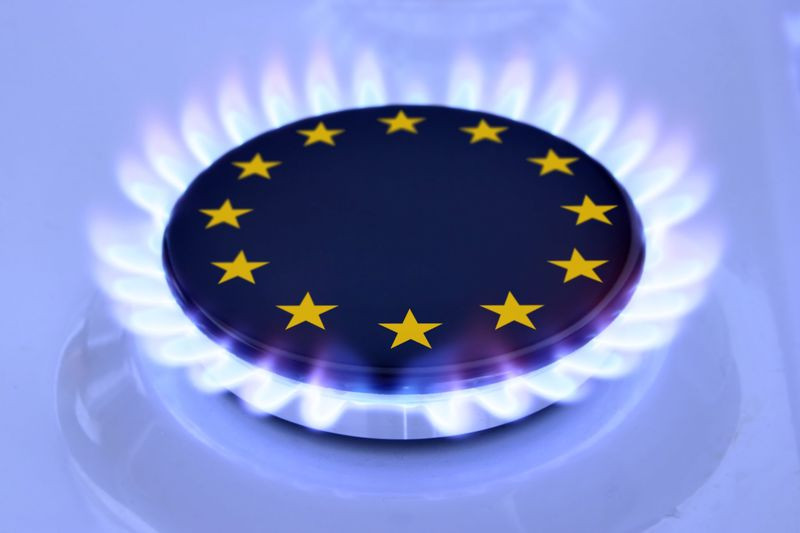
The rapid jump in energy prices in the eurozone has a negative impact on households and enterprises and leads to an increase in already high inflation.
The average monthly estimated gas price in Europe has been growing for the fourth month. The figure in May was $1,030 per 1,000 cubic meters, in June – almost $1,180, and in July – about $1,805. Already in August, the indicator first exceeded $2,450, and then at the end of the month it reached a record $3,507 per thousand cubic meters.
European non-ferrous metal producers have called for urgent EU action to prevent permanent deindustrialization in a letter to European Commission President Ursula von der Leyen. They noted that 50% of the aluminum and zinc production capacity in the EU has already been shut down due to the energy crisis.
The head of the European Commission, in turn, said that she would propose to set a maximum price for the import of Russian gas.
Meanwhile, Moscow has warned that it will completely stop supplying energy to those states that try to impose a ceiling on prices for raw materials from the Russian Federation.
After the ECB meeting, the energy crisis should remain a key factor for the euro. Therefore, the risks in the EUR/USD pair are downward, ING strategists believe.
"We expect that after the reaction of the markets to the ECB decision, the energy story will come to the fore again for the EUR/USD pair. If the central bank does not present a very hawkish surprise, the pair should stay below parity," they said.
The 0.9800-0.9900 area may turn out to be the closest anchor for EUR/USD, but further aggravation of the energy crisis and/or further strengthening of the dollar may provoke a price drop to the 0.9600-0.9700 area, ING predicts.
"This week, the EUR/USD pair briefly fell below the 0.9900 mark (78.6% correction of the 2000/2008 upward trend). Although this decline has not been sustained, we are still leaning towards a final breakout of the 0.9900 level. This will clear the way for moving towards our next target of 0.9609-0.9592," Credit Suisse analysts said.
"While we expect a new phase of consolidation in the 0.9609-0.9592 zone, we see no reason not to wait for a breakthrough below this area in due course, and the next support is expected at 0.9330. On the other hand, the resistance is around 1.0090-1.0097, and the 55-day moving average at 1.0185, ideally, will hinder further growth," they added.





















